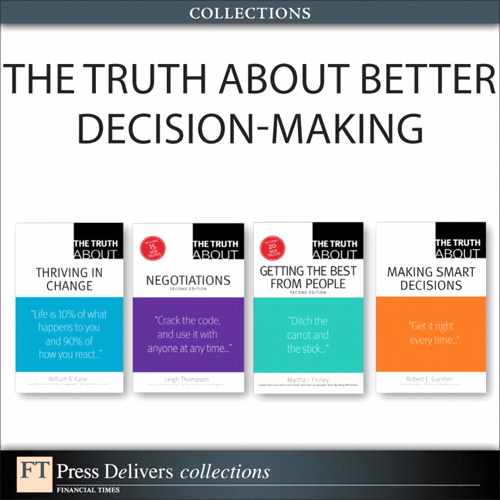Truth 22. Make multiple offers of equivalent value simultaneously
One negotiation strategy that virtually guarantees that negotiators do not leave money on the table is the multiple-offer strategy. How does it work? First, before beginning the negotiation, the negotiator has to unbundle the issues.
For example, consider the story of Evelyn. When seeking a job, she took the advice of a savvy employment counselor, and when her interviews led to a discussion about her salary history, she avoided the topic, saying instead, “Let’s see if we’re a good fit for each other before we talk about that issue.”
The interview went well, and the decision maker was clearly interested and began the negotiation for what Evelyn’s total remuneration package might be.
Obviously, salary was important to Evelyn, but given that she was a single mother, there were several other key factors: work hours flexibility, ability to do private consulting in the office space in the evenings (Evelyn is a therapist), reimbursement for clinician training and testing (to become licensed), and, of course, number of paid vacation days per year. Thus, Evelyn was able to identify five issues: salary, flextime, consulting privileges, licensing fee reimbursement, and vacation days.
As a second step, Evelyn knew she had to prioritize the issues. That was hard. So she pictured 100 poker chips in her mind and stacked them up in five piles to reflect how important each of the five concerns was in relation to the others. This is how she eventually stacked up the chips:
Salary (50)
Consulting privileges (20), a lucrative way to enhance her income
Flextime (15)
Licensing fee reimbursement (5)
Vacation days (10)
Evelyn was like most other people: Salary was very important to her. But, as you see, other issues could make or break her quality of life. In particular, having some flexibility in her schedule and having the ability to use the office for her private consulting practice were important concerns.
Evelyn was like most other people: Salary was very important to her. But other issues could make or break her quality of life.
After unbundling and considering the priority of the issues, the next step for Evelyn was to create three combinations of relatively equal value to her: packages A, B, and C:
Package A: Salary of $100,000 (what the company was offering), complete flextime, three weeks of paid vacation, reimbursement for licensing fees, and unlimited consulting.
Package B: Salary of $130,000, no flextime, three weeks of paid vacation, no licensing fee reimbursement, and consulting opportunities under control of the employer.
Package C: Salary of $120,000, three days a week of flextime, no licensing reimbursement, consulting opportunities for two days a week, and three weeks of paid vacation.
Evelyn looked hard at these until she was certain she felt indifferent about which of the three packages she was offered. She was at the point where she would be willing to roll the dice and have the employer choose any of these, and she would feel equally happy.
